“Beauty is the only thing of any importance.” — Phillip Johnson [1906-2005] American architect advocating the the modernist then the postmodernist idiom
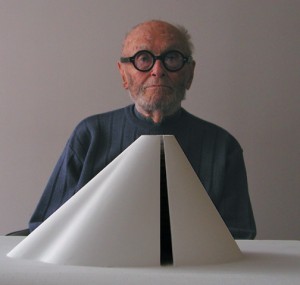
Philip Cortelyou Johnson
“Beauty is the highest and finest kind of morality.” – – Ralph Waldo Emerson [1803-1882] American philosopher essayist, lecturer, and poet who led the Transcendentalist movement of the mid-19th century
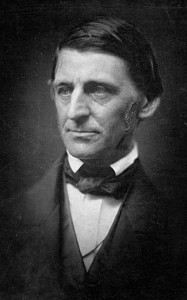
Ralph Waldo Emerson
“Beauty will result from the form and correspondence of the whole, with respect to the several parts, of the parts with regard to each other, and of these again to the whole.” – – Andrea Palladio [1508-1580] Italian architect active in the Republic of Venice

…
“Architecture, like the shaft of an axe, must beautifully and precisely symbolize its own good reasons for its necessary existence. Insight and sincerity will tell us which reasons are good.” – – Ralph Erskine [1914-2005] Swedish architect and planner
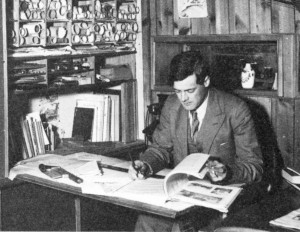
Ralph Erskine, CBRE, RFS, ARIBA
“The terrifying and edible beauty of Art Nouveau architecture.” – – Salvador Dali [1904–1989] Spanish Catalan surrealist painter
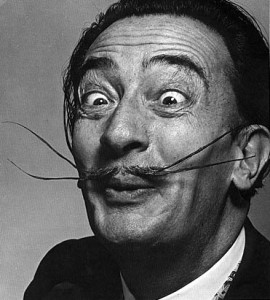
Salvador Domingo Felipe Jacinto Dalí i Domènech, 1st Marqués de Dalí de Pubol
“What beauty is I do not know. No one knows it except God.” – – Albrecht Dürer [1471-1528] German painter, engraver, printmaker, mathematician, and theorist
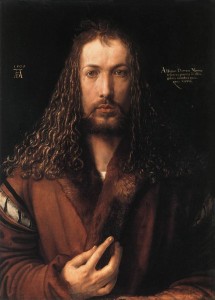
Albrecht Dürer
“The root of beauty is audacity.” – – Boris Pasternak [1890-1960] Russian poet, novelist, and literary translator
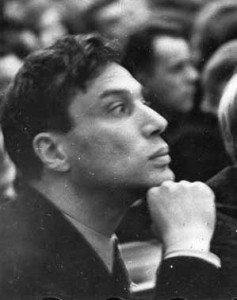
Boris Leonidovich Pasternak
“Beauty is a guidepost, a sign that we are on the right road to a more encompassing goal — happiness, wisdom, spiritual vitality.” – – Mindy Aloff [b. 1947] American editor, journalist, essayist, and dance critic

Mindy Aloff
“The accepted view since Romanticism is that beauty is wholly relative and that every age and every nation has its different ideals. This was the way in which the classical ideal of beauty was undermined. I think this has by now been much overstated. I do think that there is a normal biological reaction to health and harmony and beauty which transcends the different culture modifications… I haven’t gone into it and wouldn’t go out on a limb to say, ‘This must be so.’ But if you look at Indian miniatures, or Persian, or if you look – – and that is a less savory subject — at the success of pinup girls… it seems to me very unlikely that every human being could become a pinup girl. I do not believe that there are objective criteria from an objective basis, both in perception — I don’t believe that people always saw the world differently — and in beauty.” – – E. H. Gombrich [1909-2001] Austrian British art historian and writer
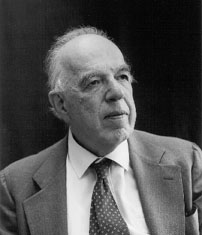
Sir Ernst Hans Josef Gombrich, OM, CBE
“We believe that, if we ask why the world is the way it is and then ask why that answer is the way it is, at the end of this chain of explanations we shall find a few simple principles of compelling beauty. We think this in part because our historical experience teaches us that as we look beneath the surface of things, we find more and more beauty. Plato and the neo-Platonists taught that the beauty we see in nature is a reflection of the beauty of the ultimate, the nous. For us, too, the beauty of present theories is an anticipation, a premonition, of the beauty of the final theory. And in any case, we would not accept any theory as final unless it were beautiful.” – – Steven Weinberg [b. 1933] American theoretical physicist and Nobel laureate and author of Dreams of a Final Theory
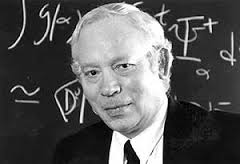
Steven Weinberg
“I shall define beauty as a unity of all the parts founded upon a precise law and in such a way that nothing can be added, diminished, or altered but for the worse.”
“Each part of a building must correspond to all the others so as to contribute to the success and beauty of the whole. The building cannot be beautiful in only one of its parts while the others are neglected; all must harmonise in order to appear as a single, well articulated body; not a jumble of unrelated fragments.”
“Thus beauty resides at the very top of the object that is reduced to unity and invests both the whole and its single parts. But when the idea takes possession of an object that is already one in itself, in which the parts are already identical, then it overflows, as it were, into the whole completely. Let us take an example. Imagine nature conferring beauty upon things in the same way that a body becomes beautiful, through communion with a rational form of divine origin.”
“Some will argue that the beauty of a building is relative, a matter of opinion. They will say that the forms of buildings must vary according to each man’s personal taste, and that they cannot be reduced to any rule of art. It is a physical defect of the ignorant to reject what they cannot understand.”
– – all from Leon Battista Alberti [1404-1472] Italian humanist author, artist, architect, poet, priest, linguist, philosopher and cryptographer; he epitomized the Renaissance man
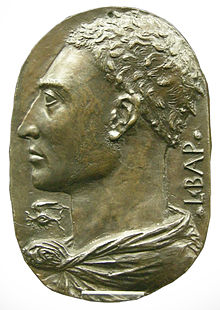
Leon Battista Alberti


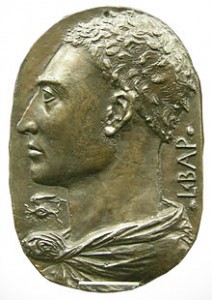

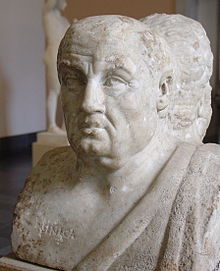
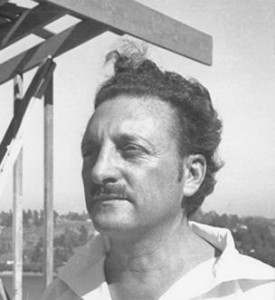

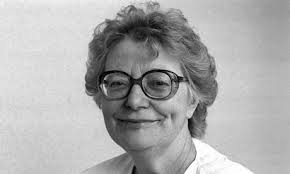
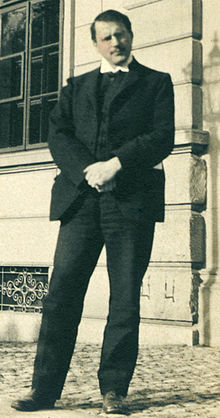
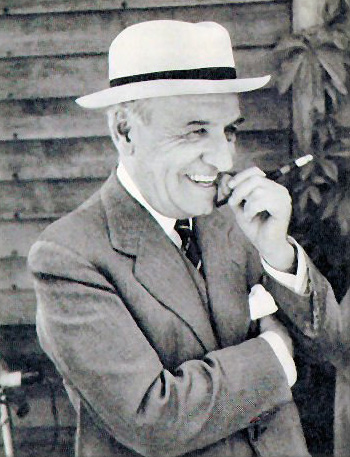
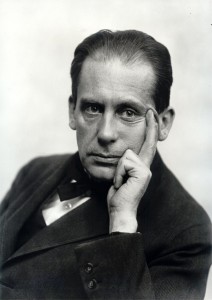











Recent Comments